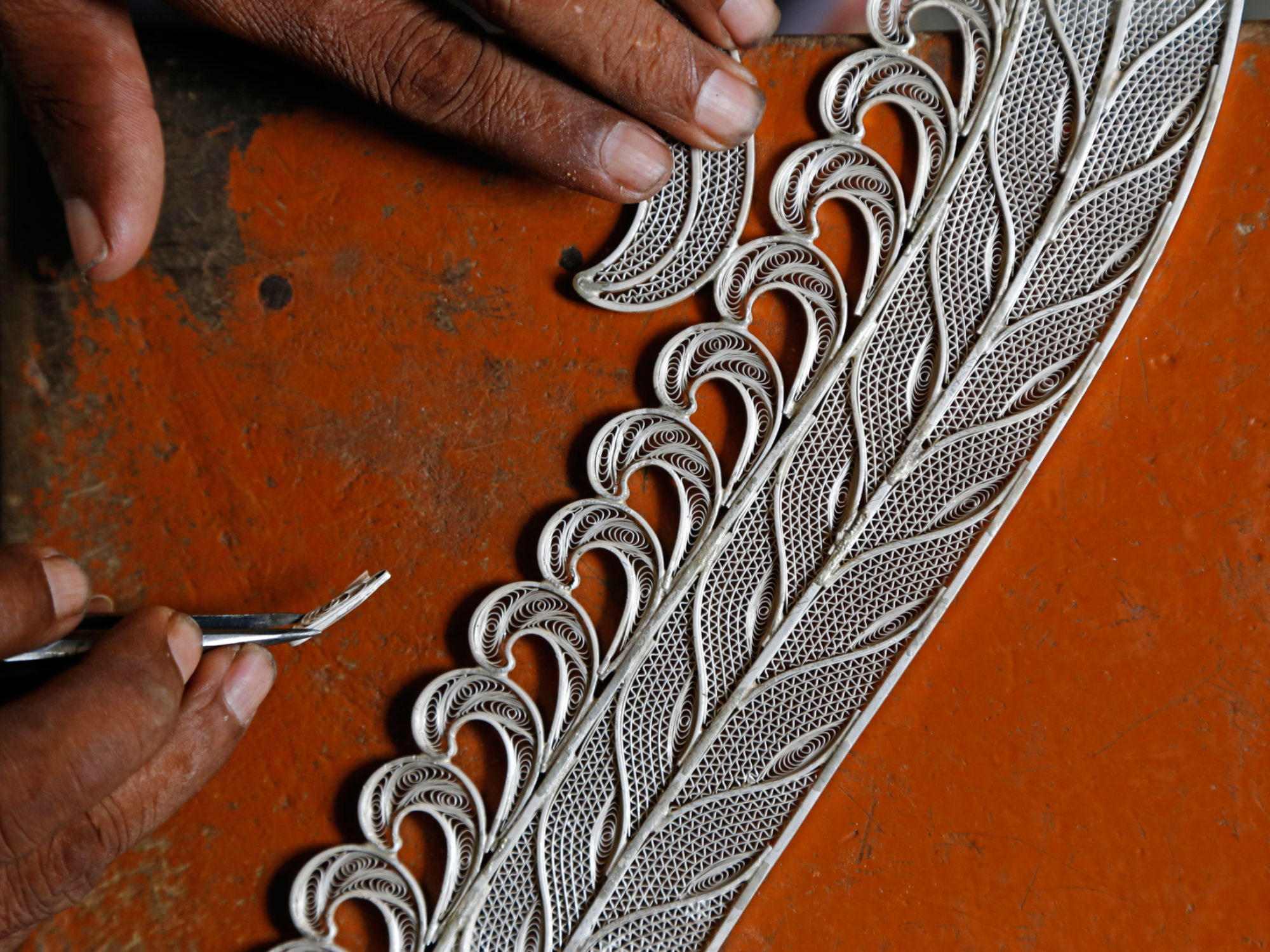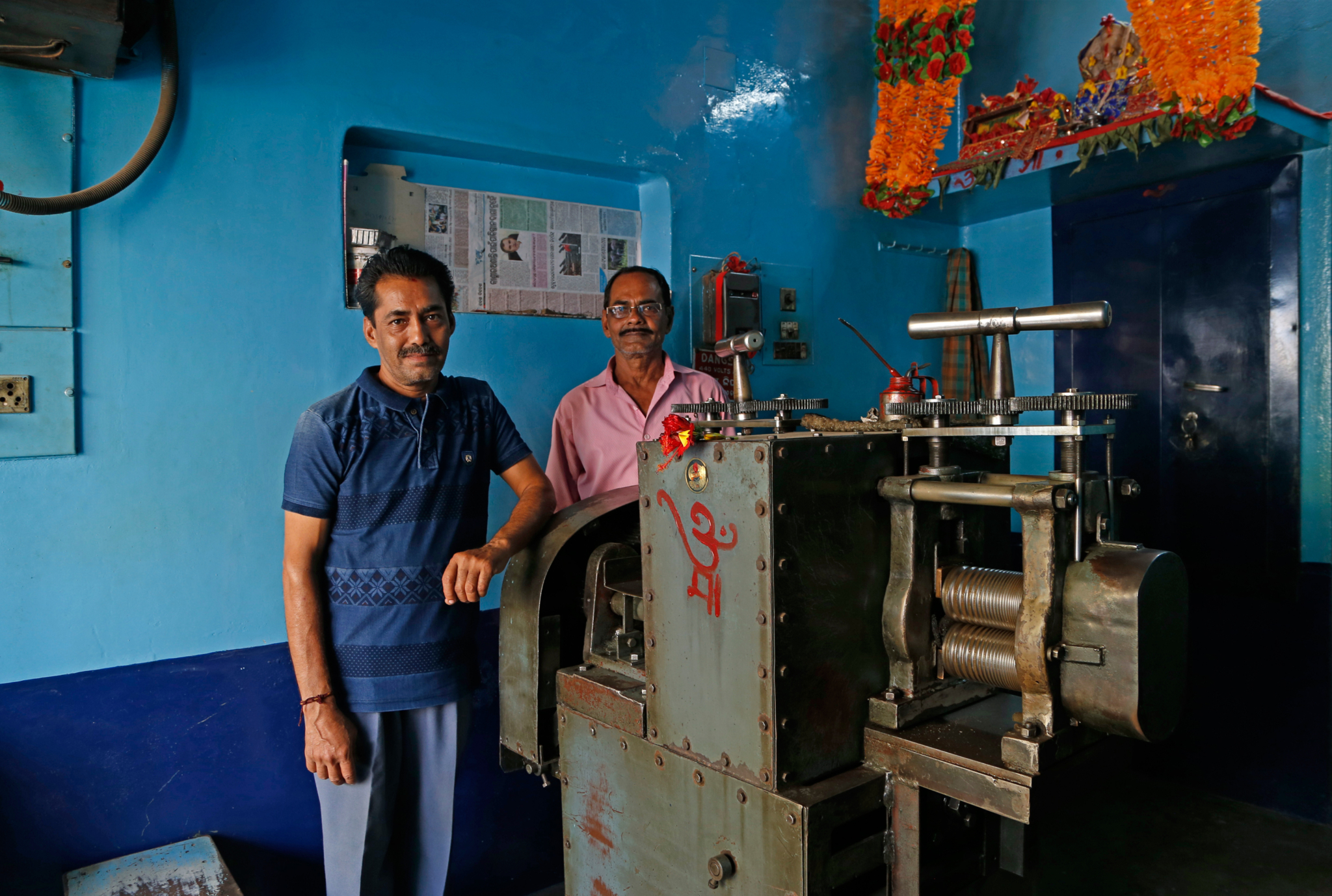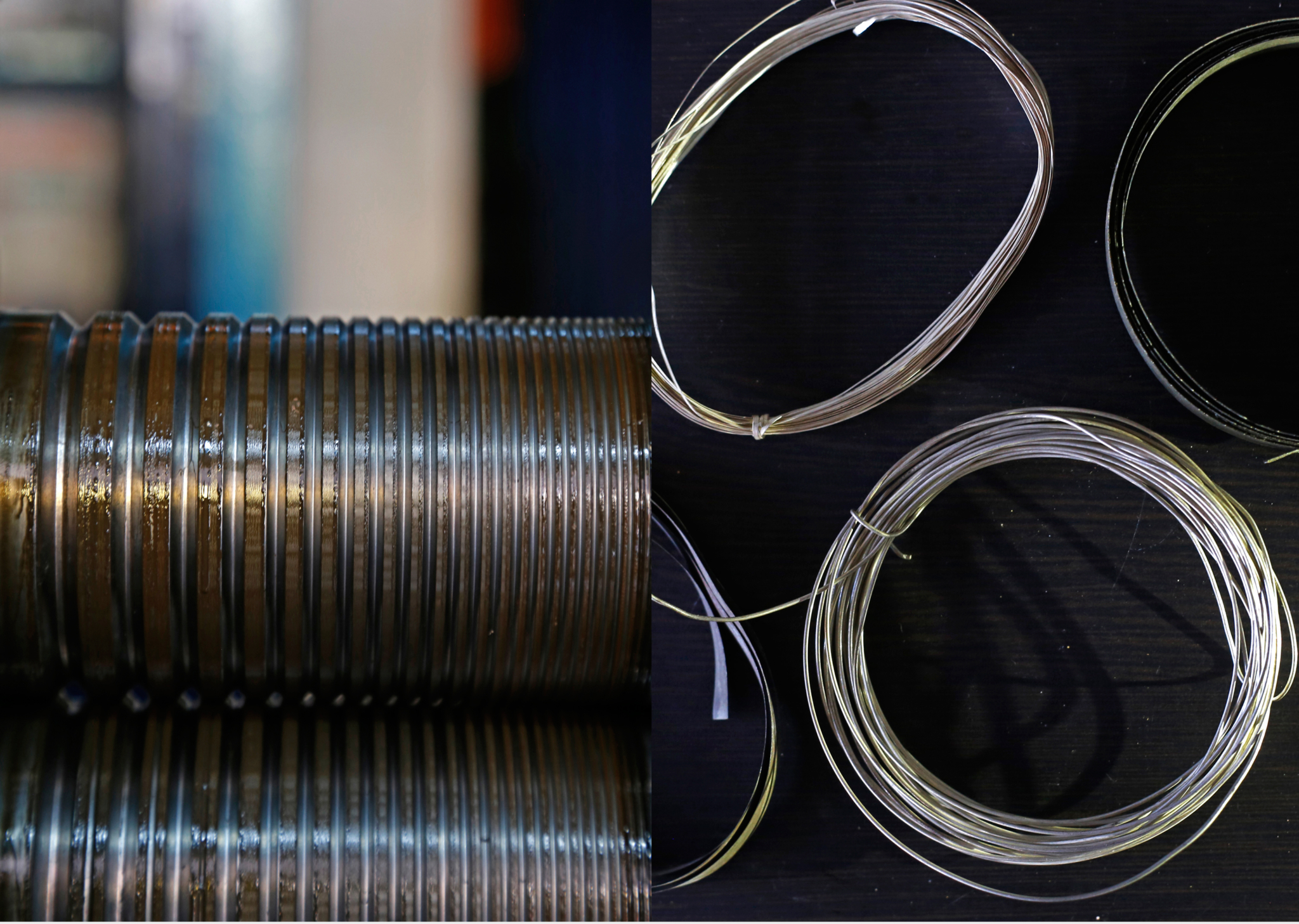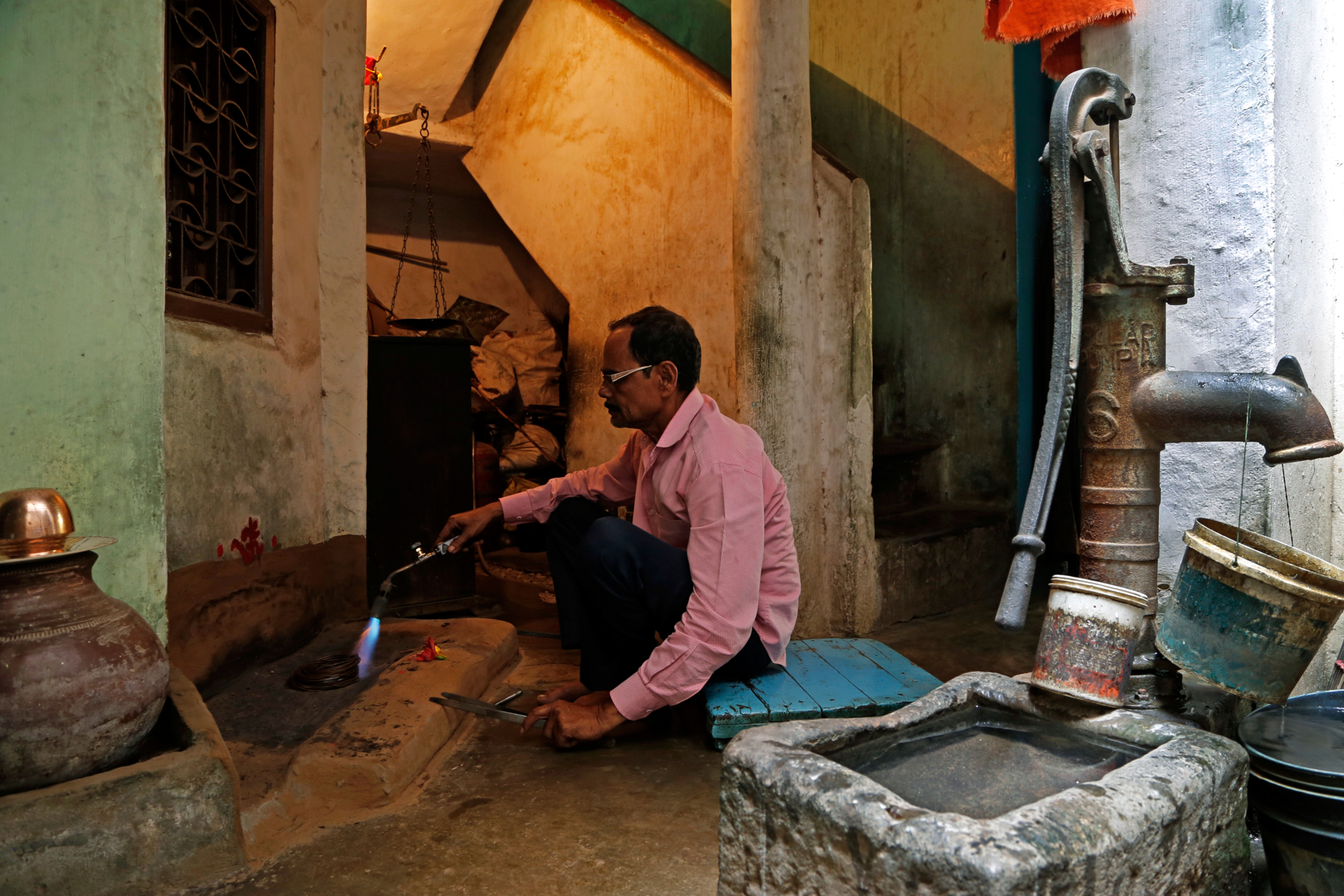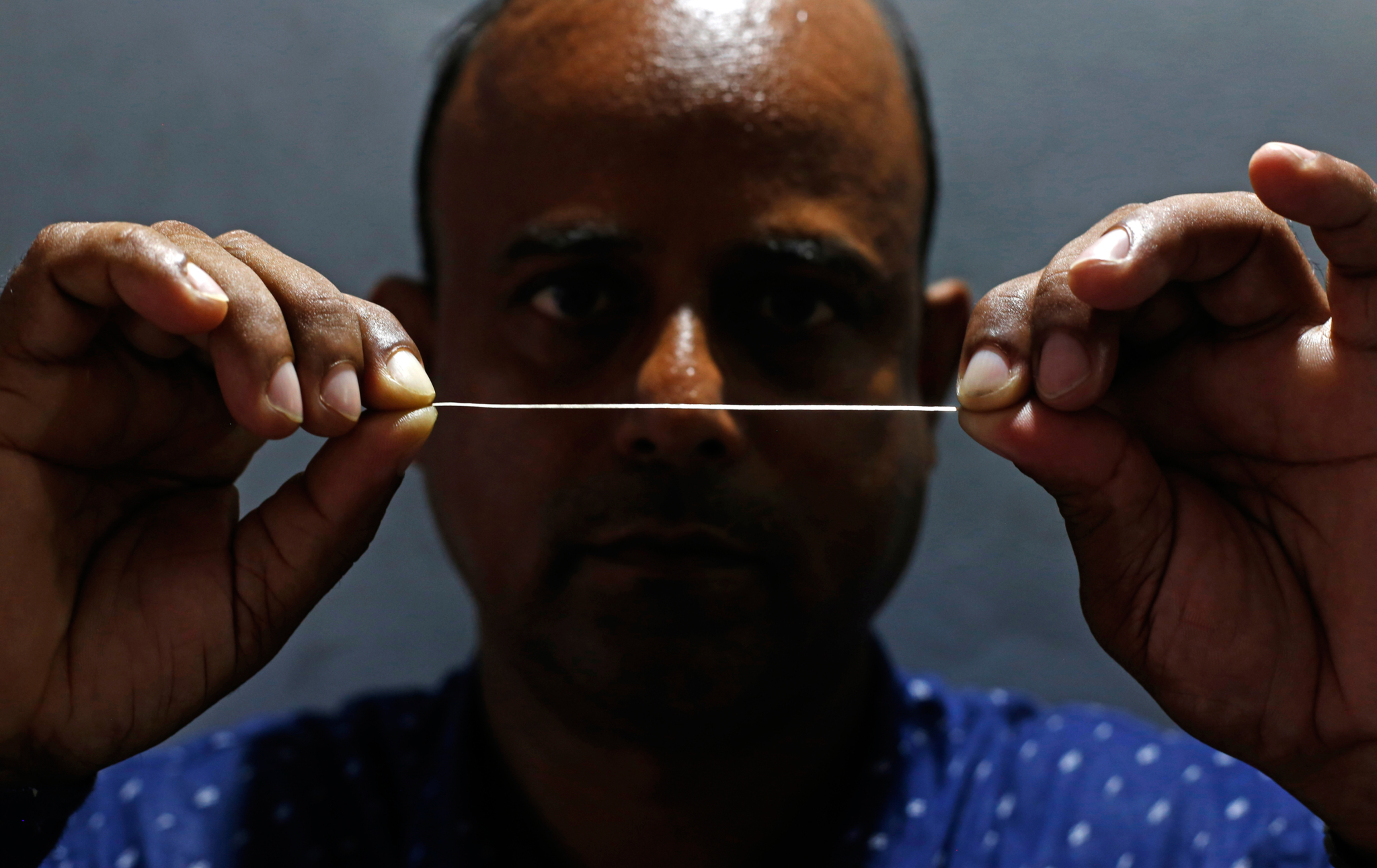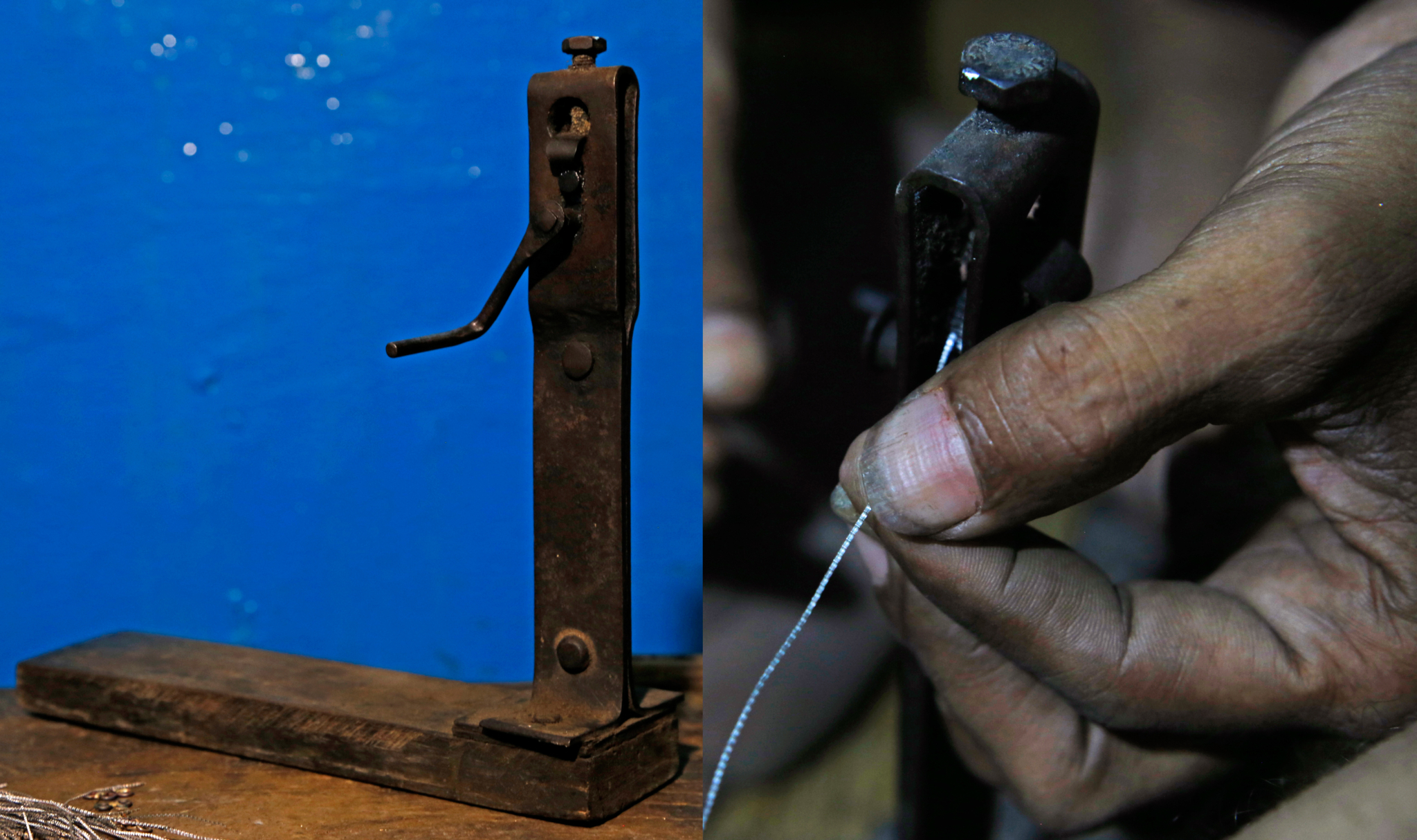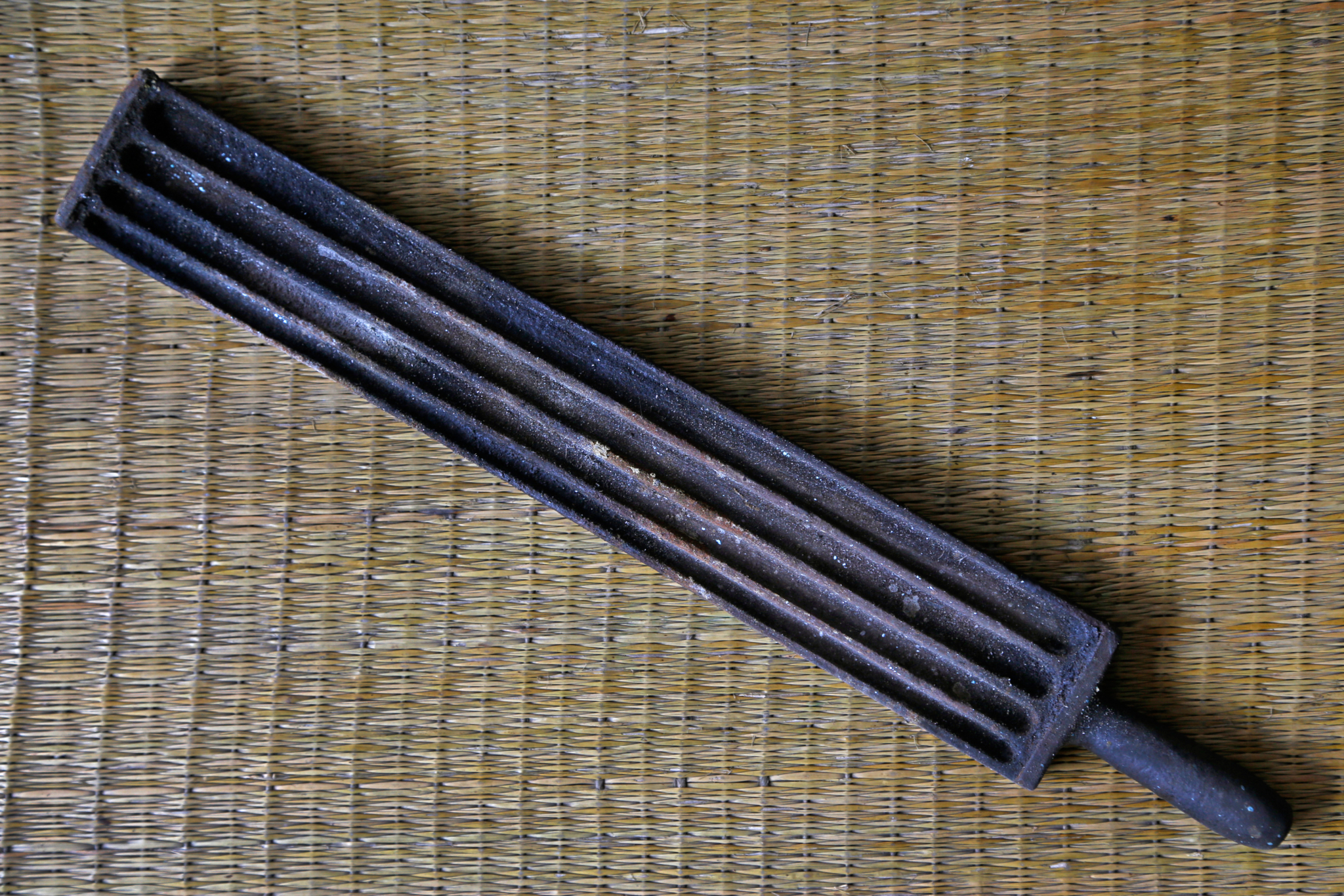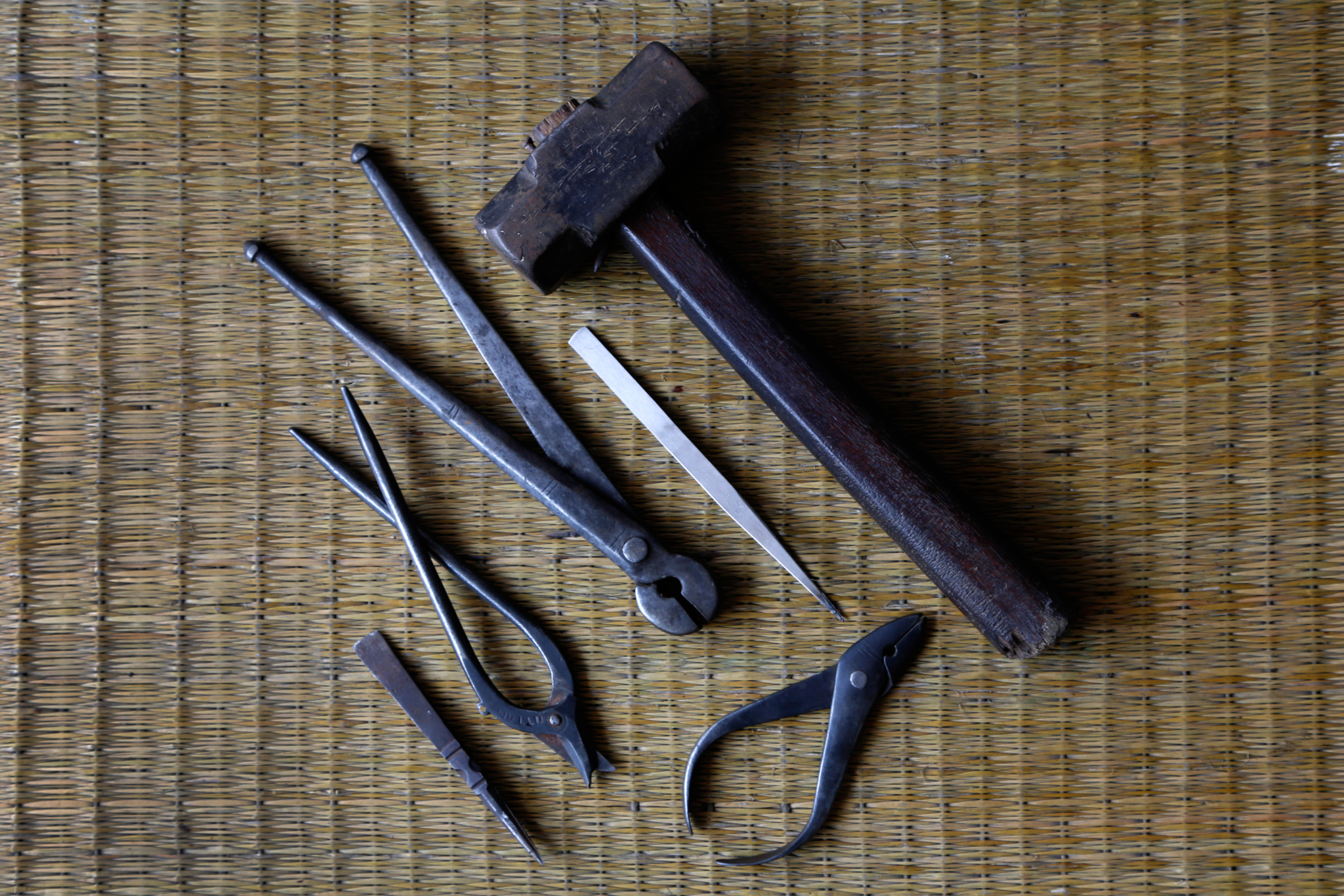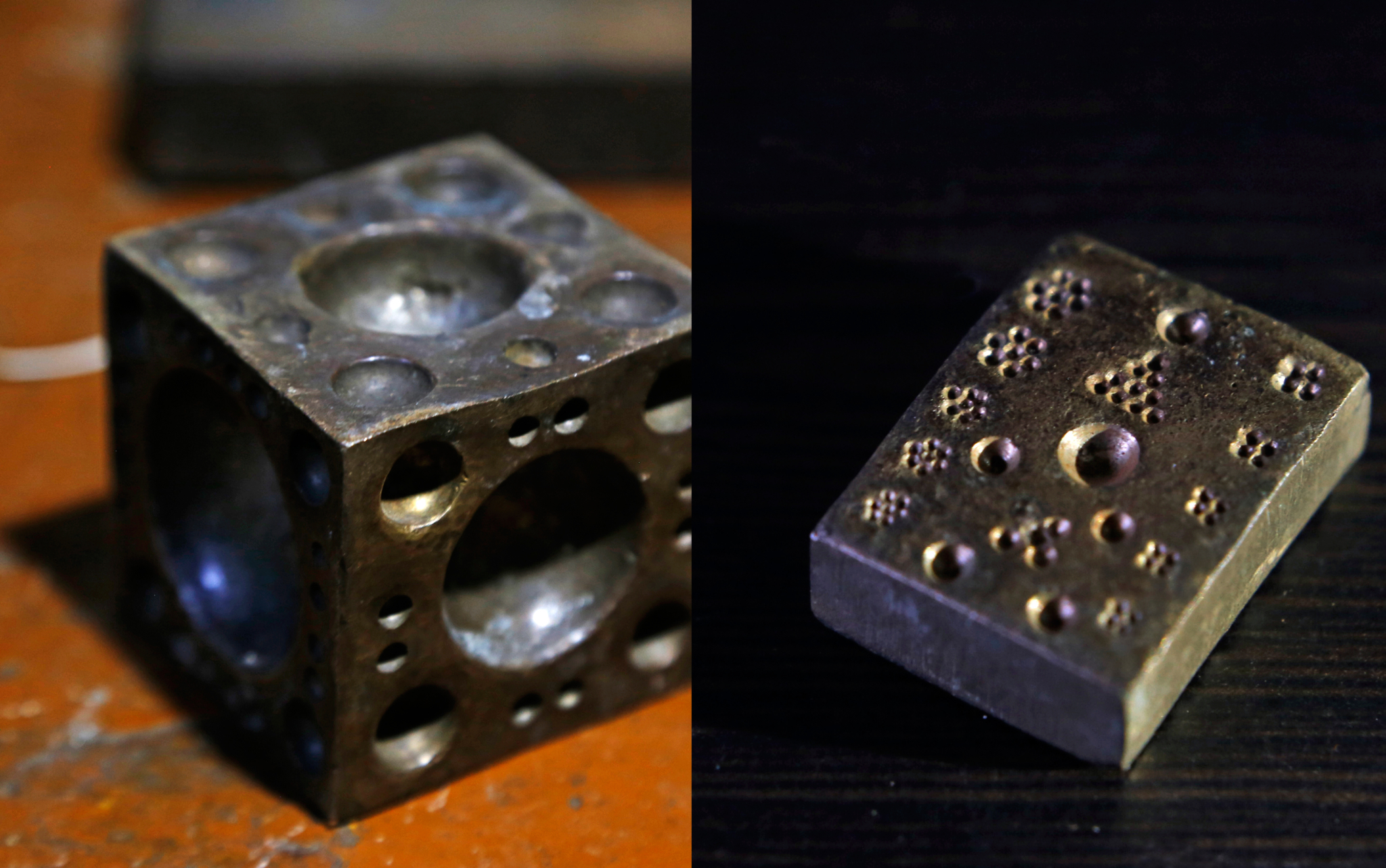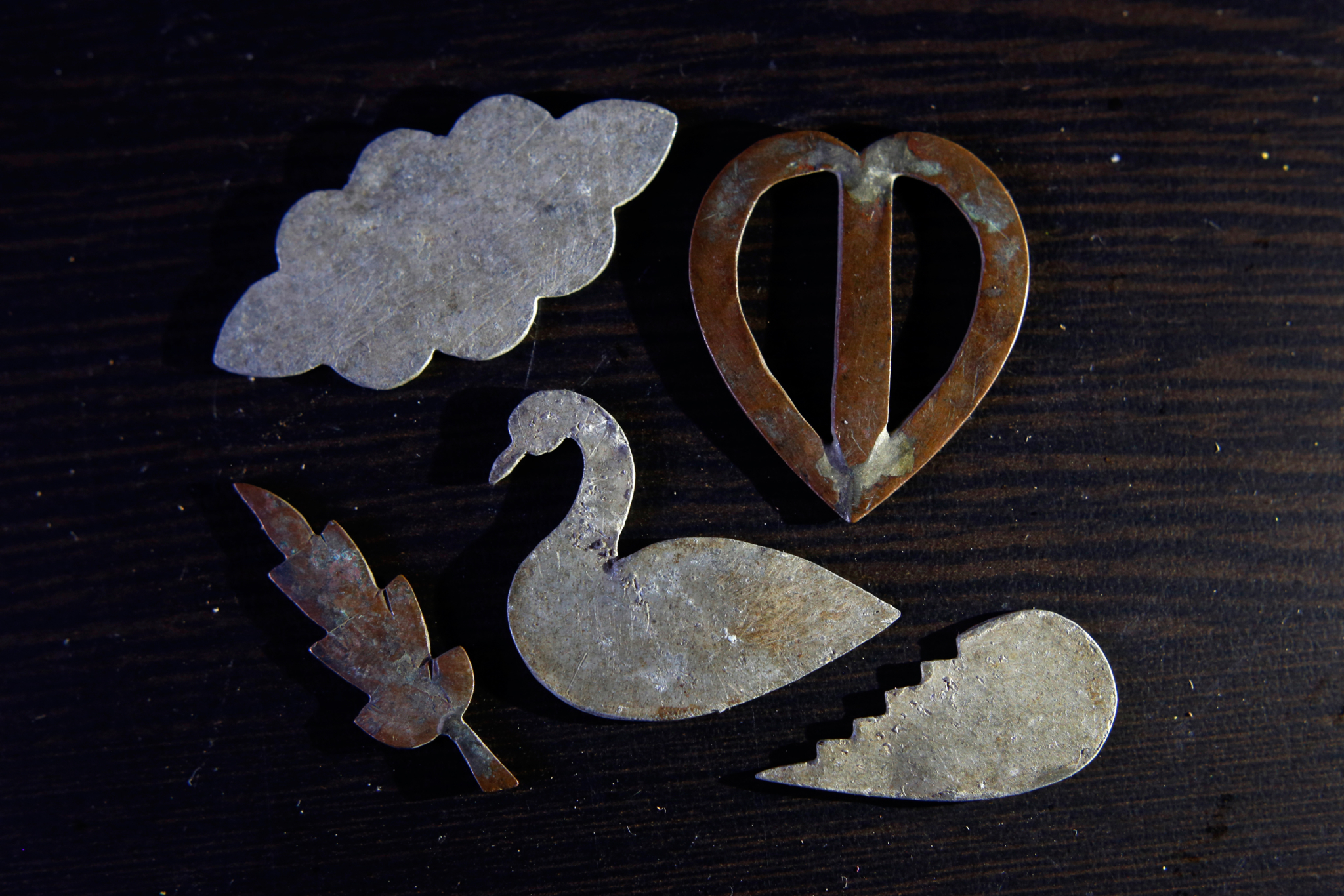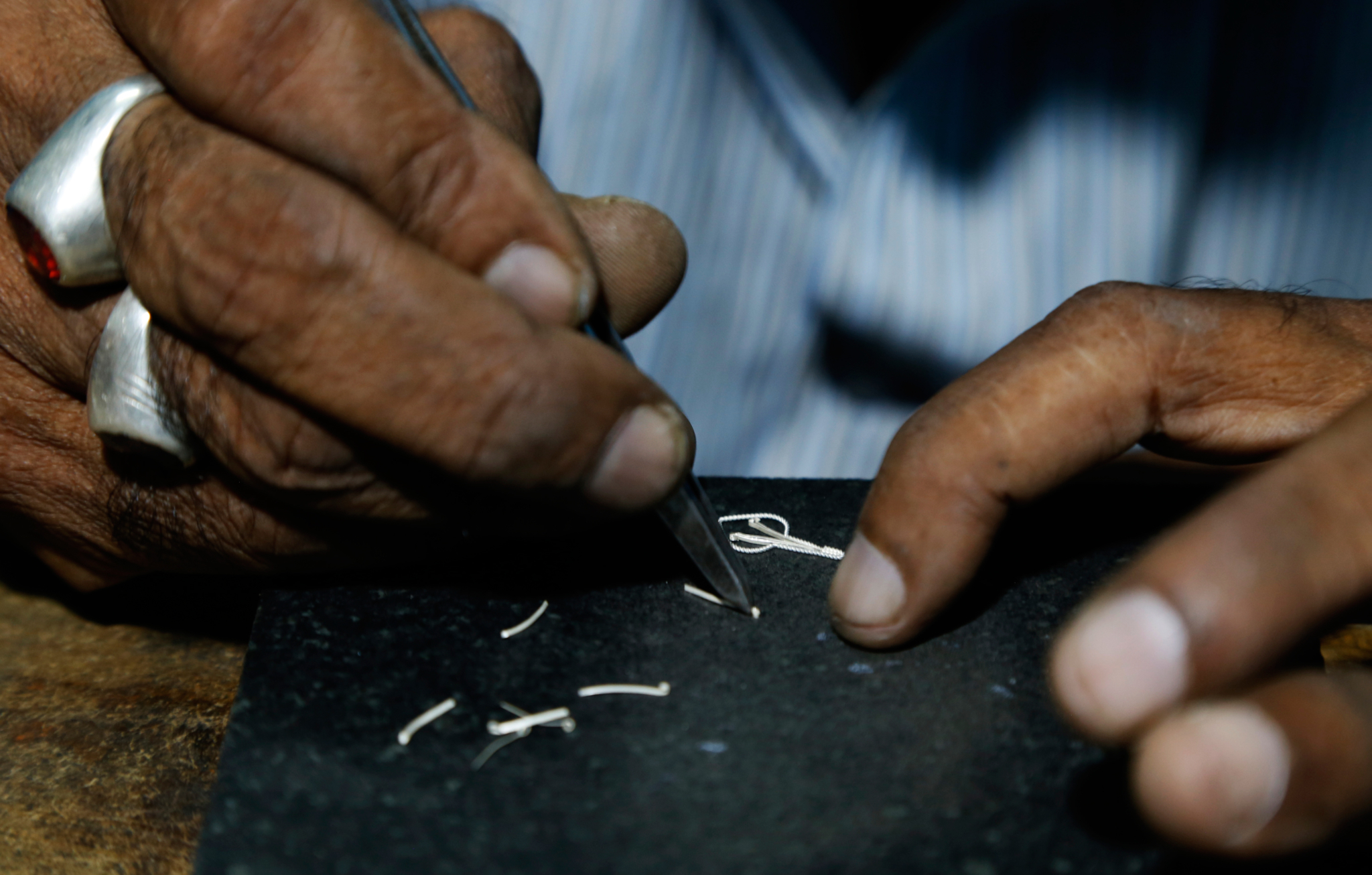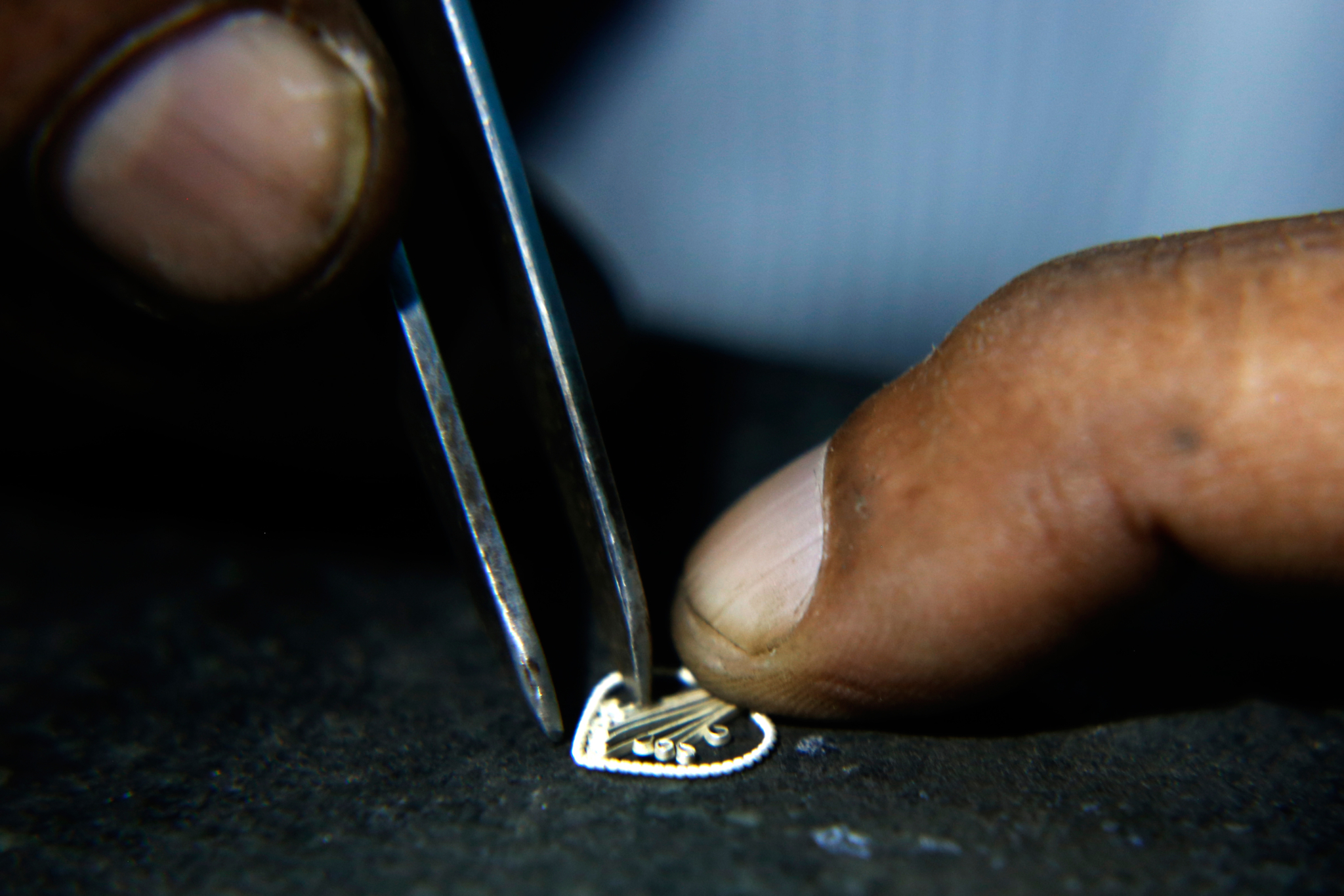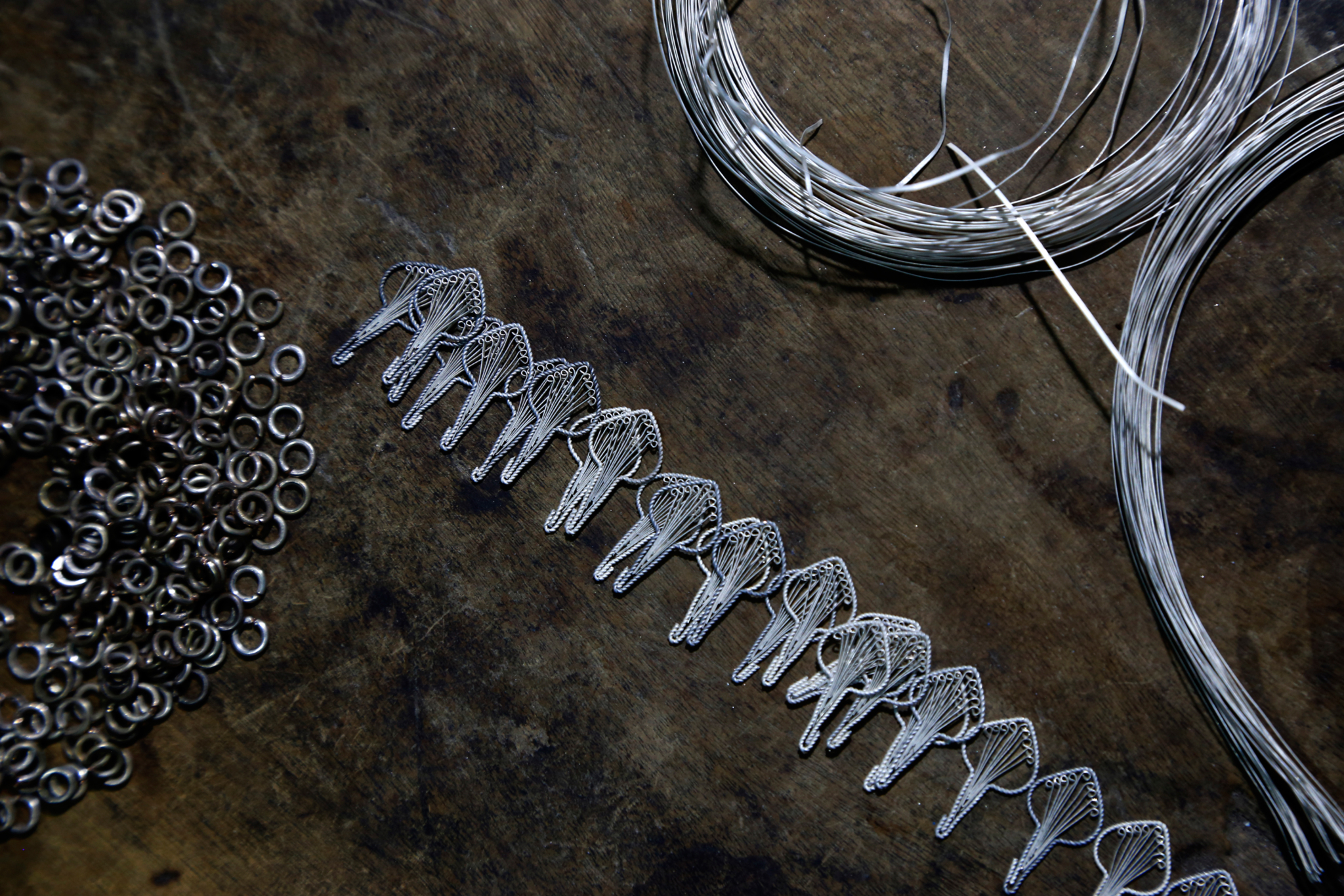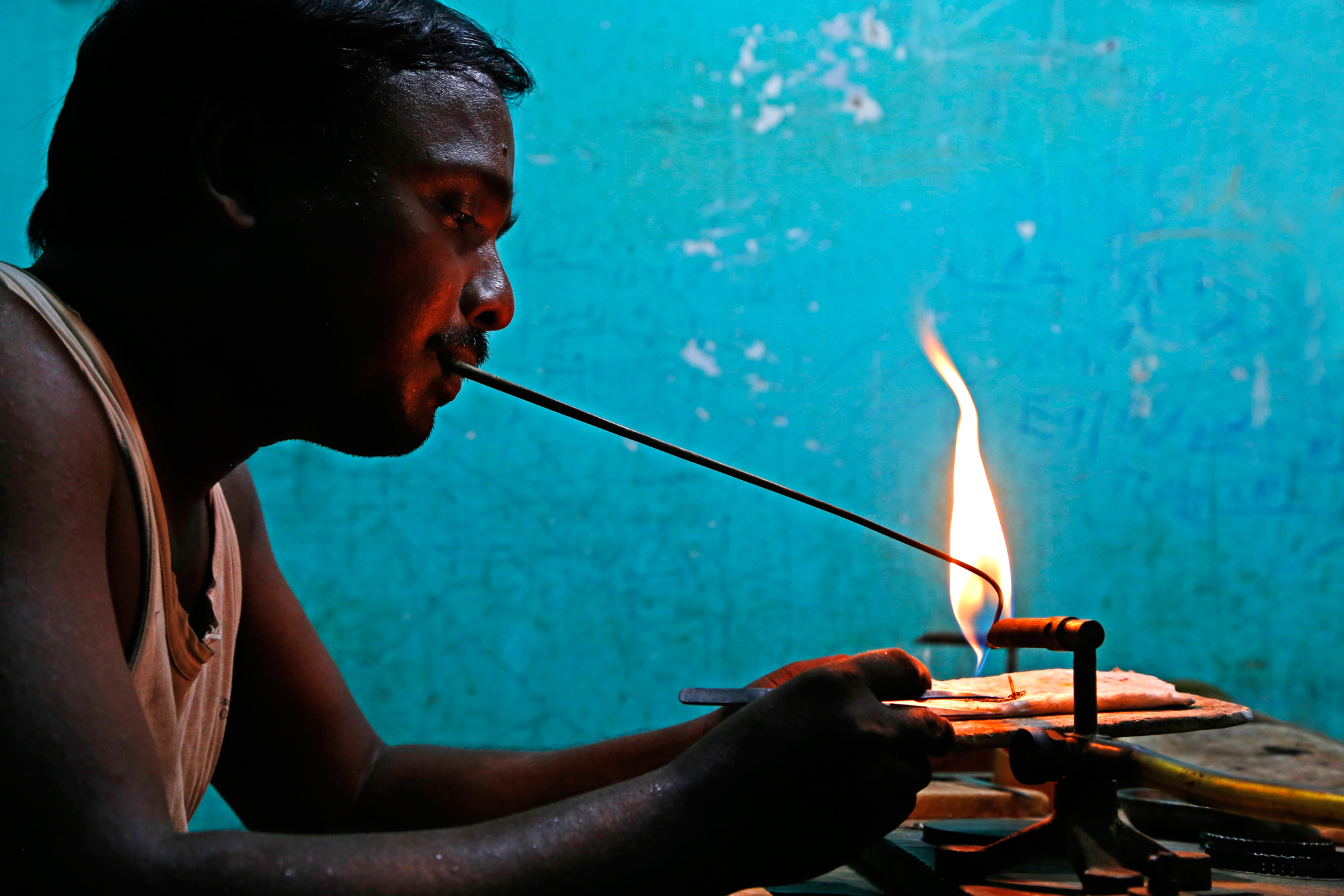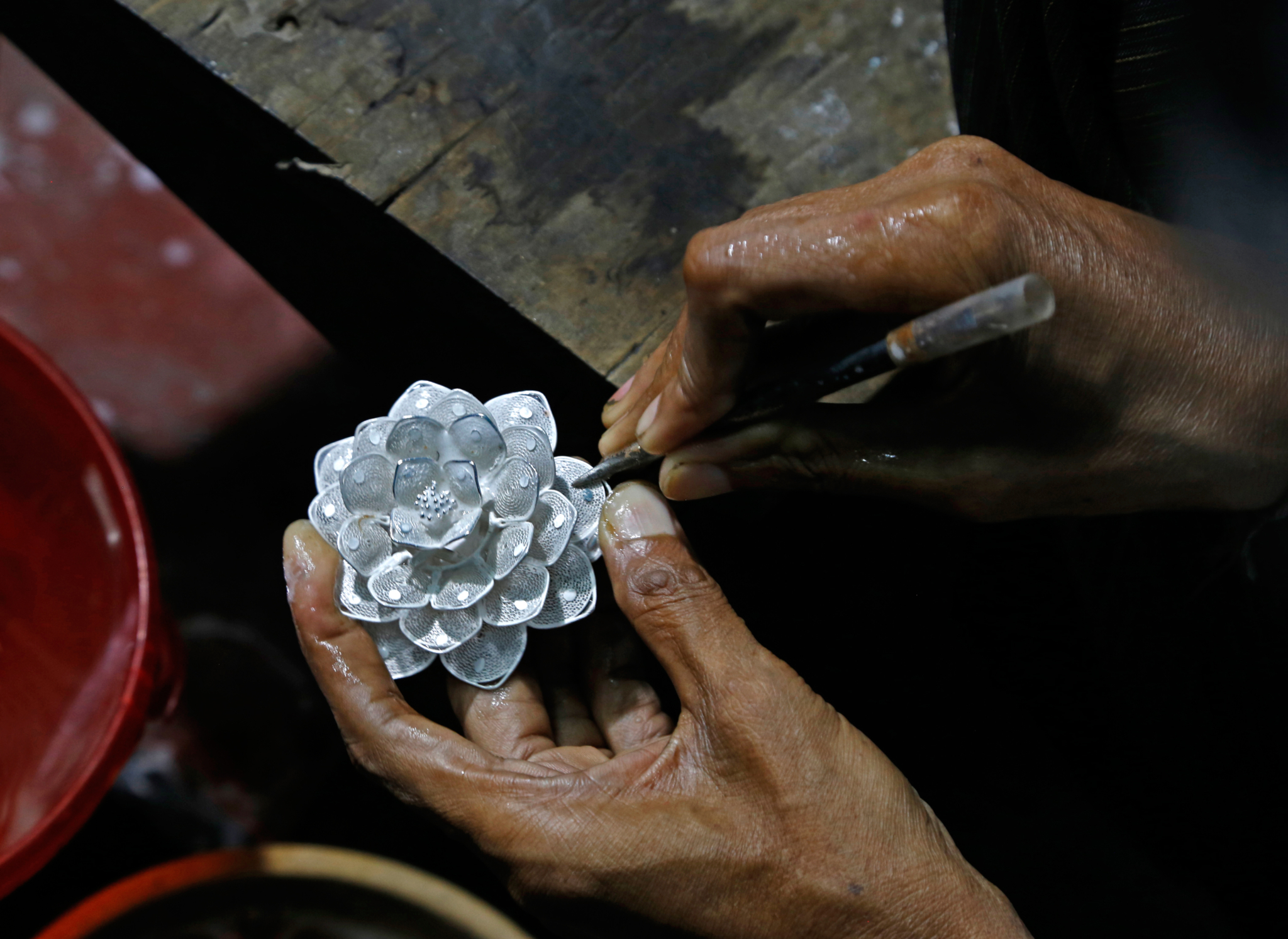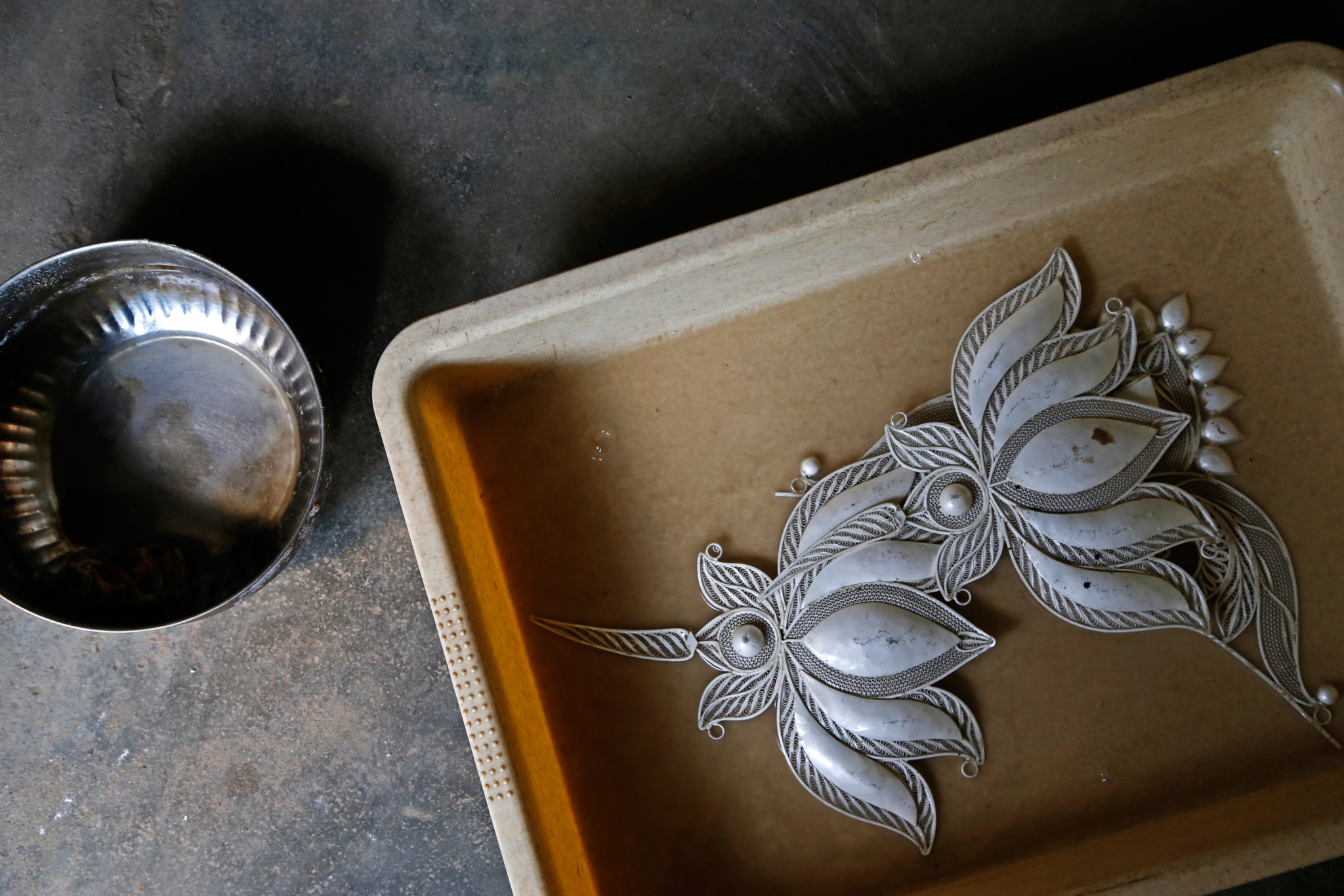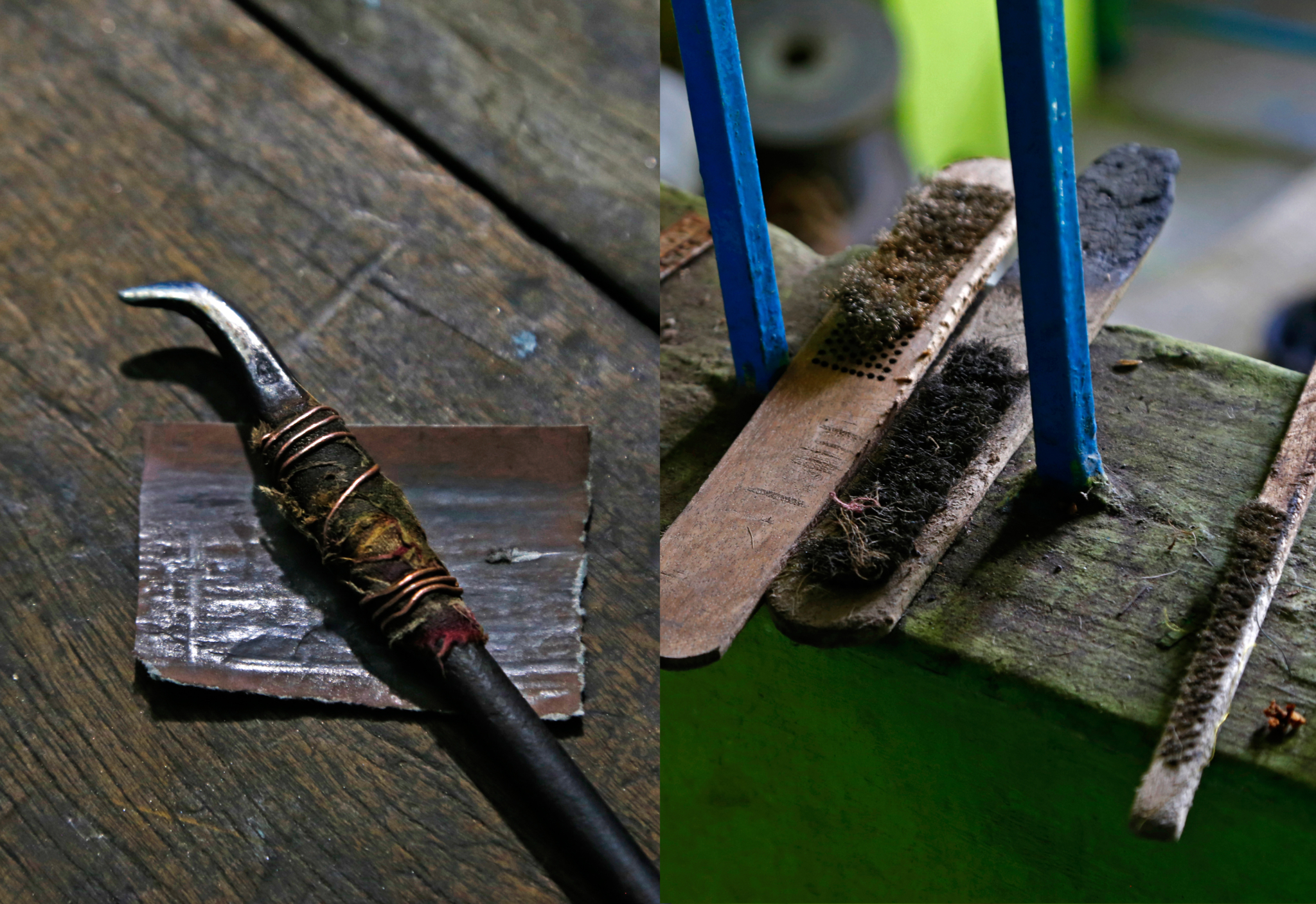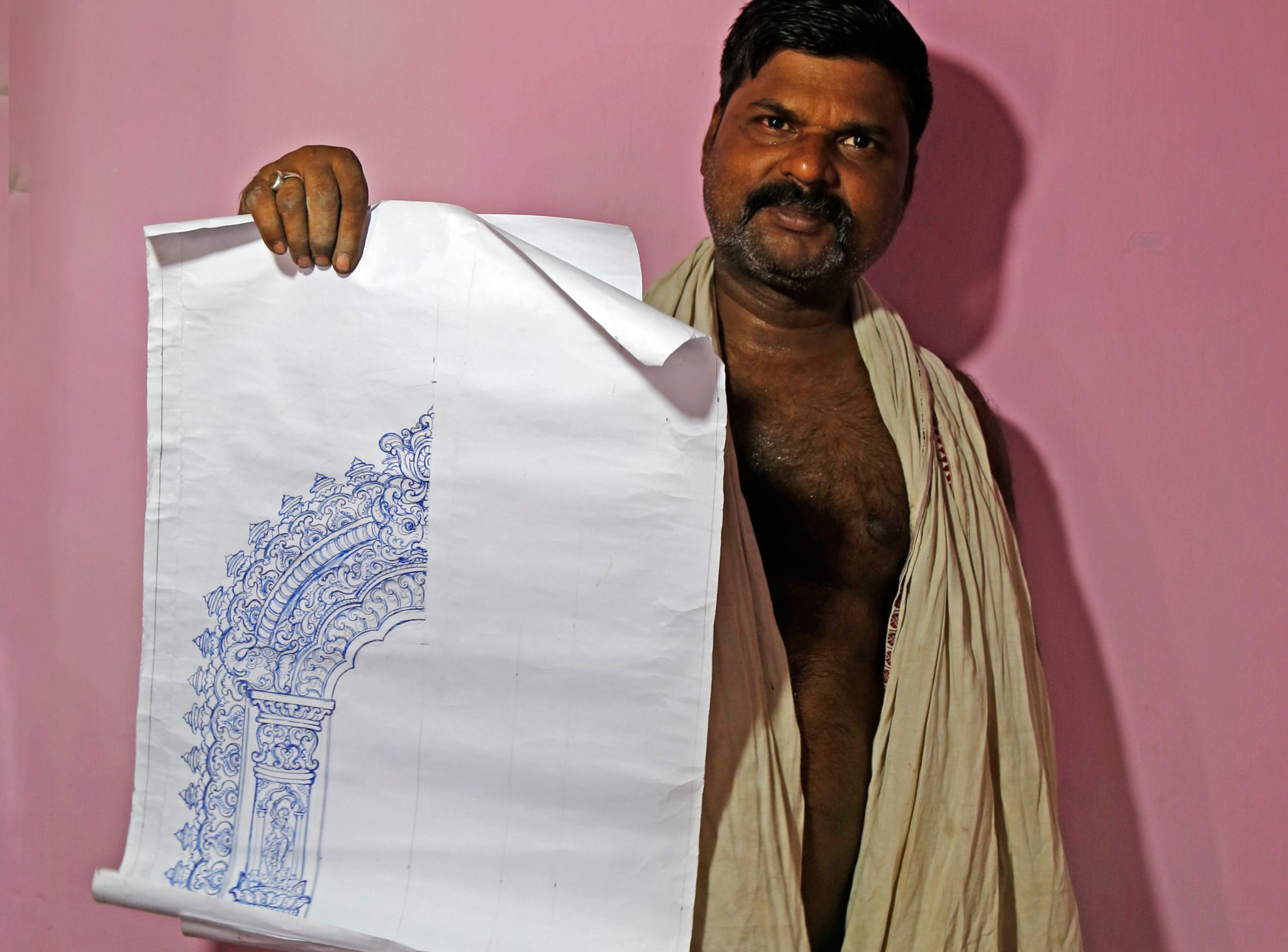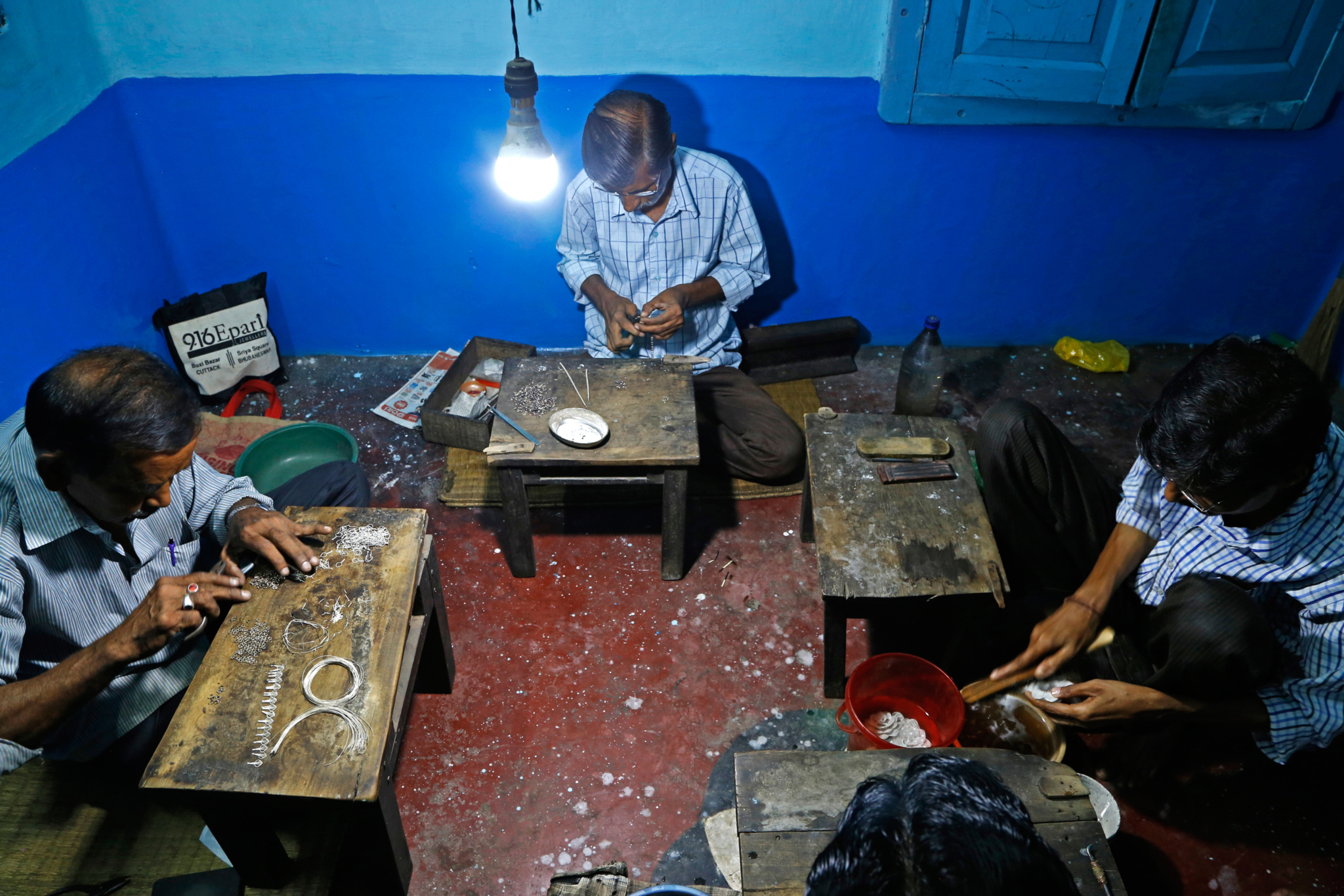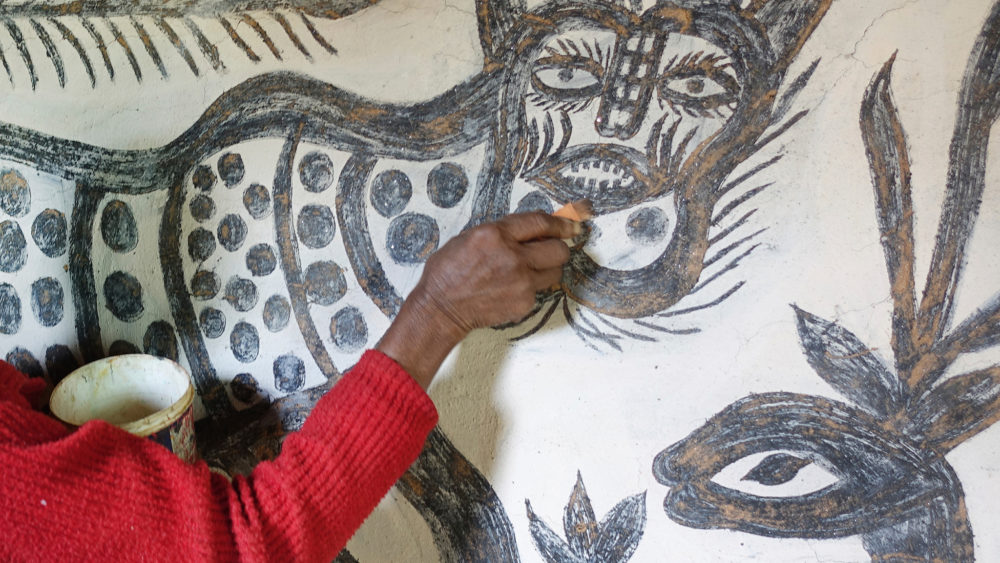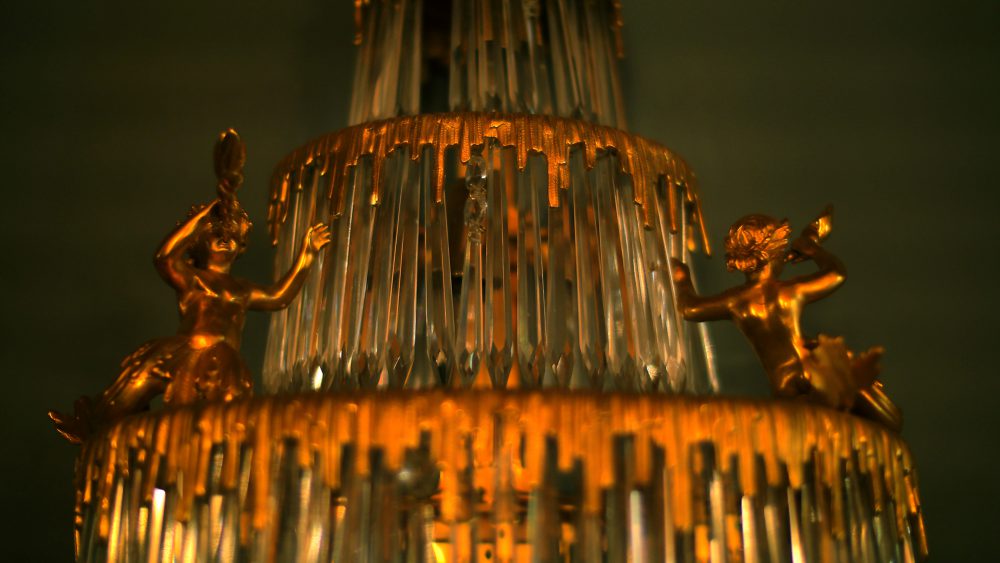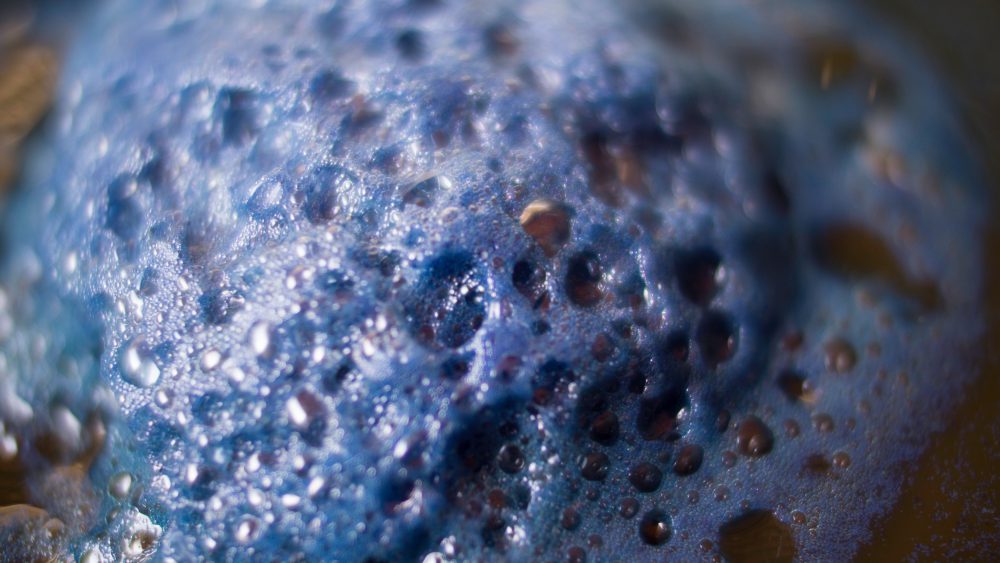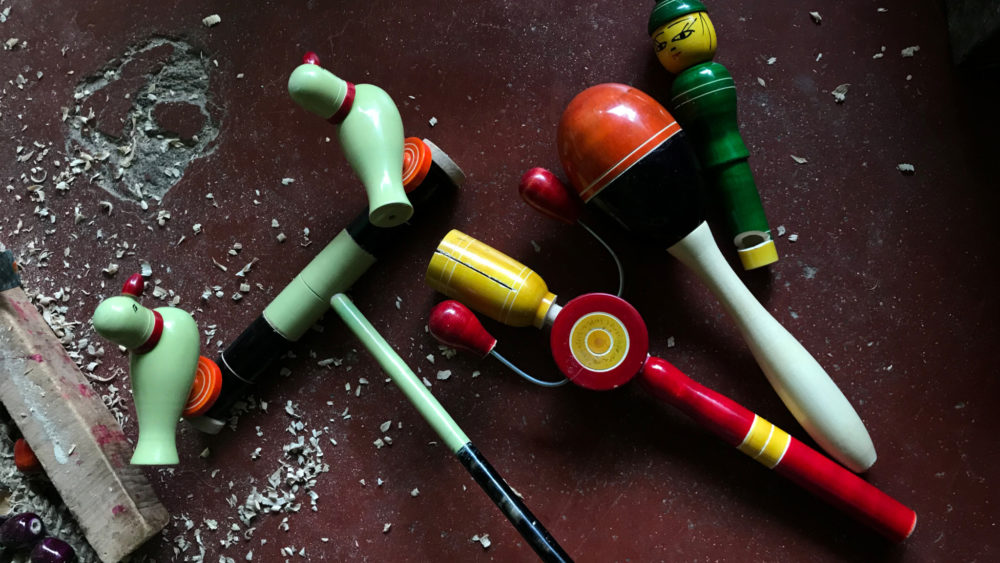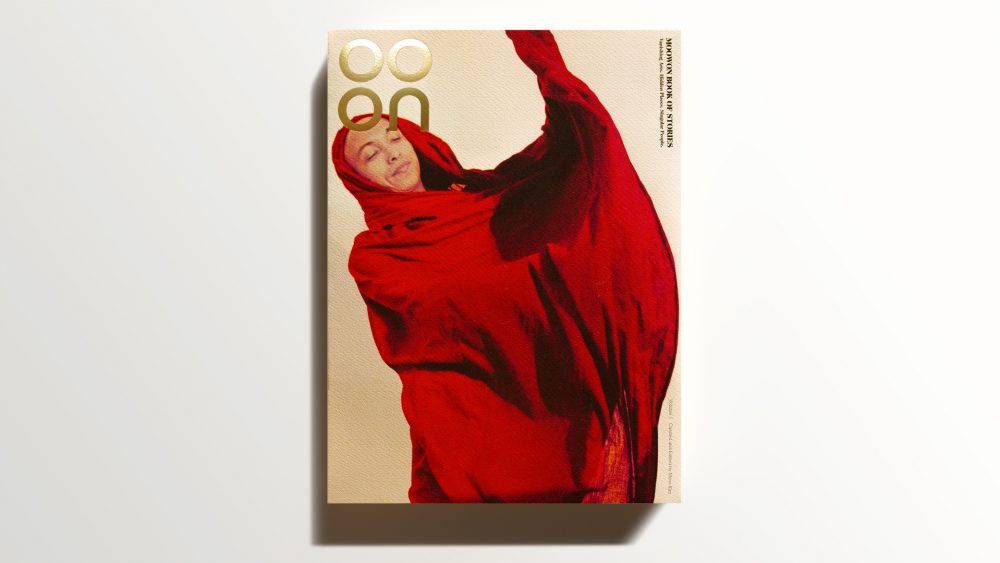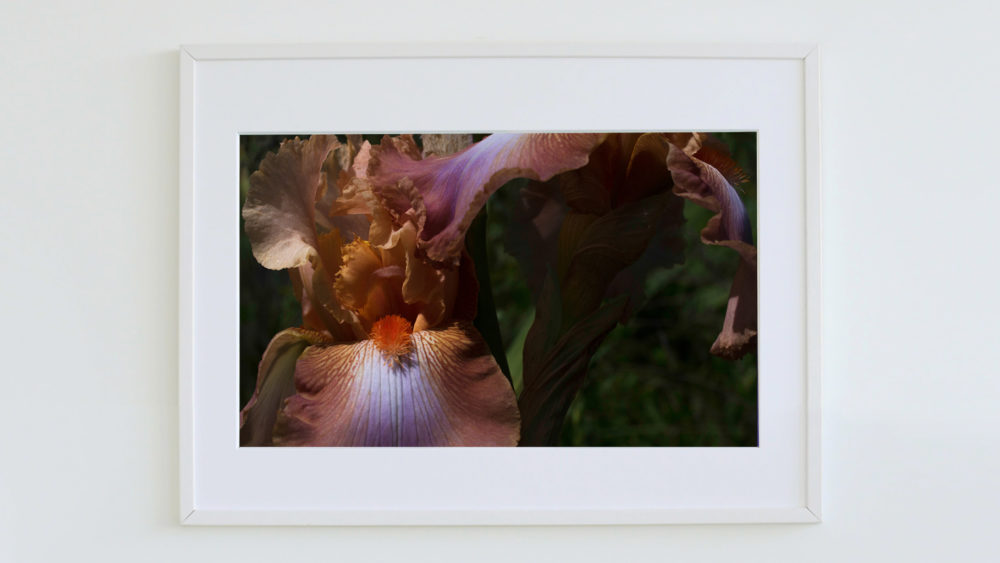Silver filigree, known as Tarakashi in the Odia language* is a jewelry making art in which thick silver strings are folded, heated, and woven into a single piece1 without involving casting in the process. Over hundred families in Cuttack in the state of Odisha are engaged in producing various patterns of filigree. Hence, the city is also known as Silver City. Cuttacki Tarakashi means “Filigree of Cuttack” due to its typical weblike motifs. It is an auspicious craft as it decorates the backdrops of Goddess Durga during the annual Hindu festival Durga Puja in October. Odisha filigree is different than any other filigree in India for its motifs, spider weblike patterns and the use of various handmade tools.
(*) An Indo-Aryan language spoken in the Indian state of Odisha.
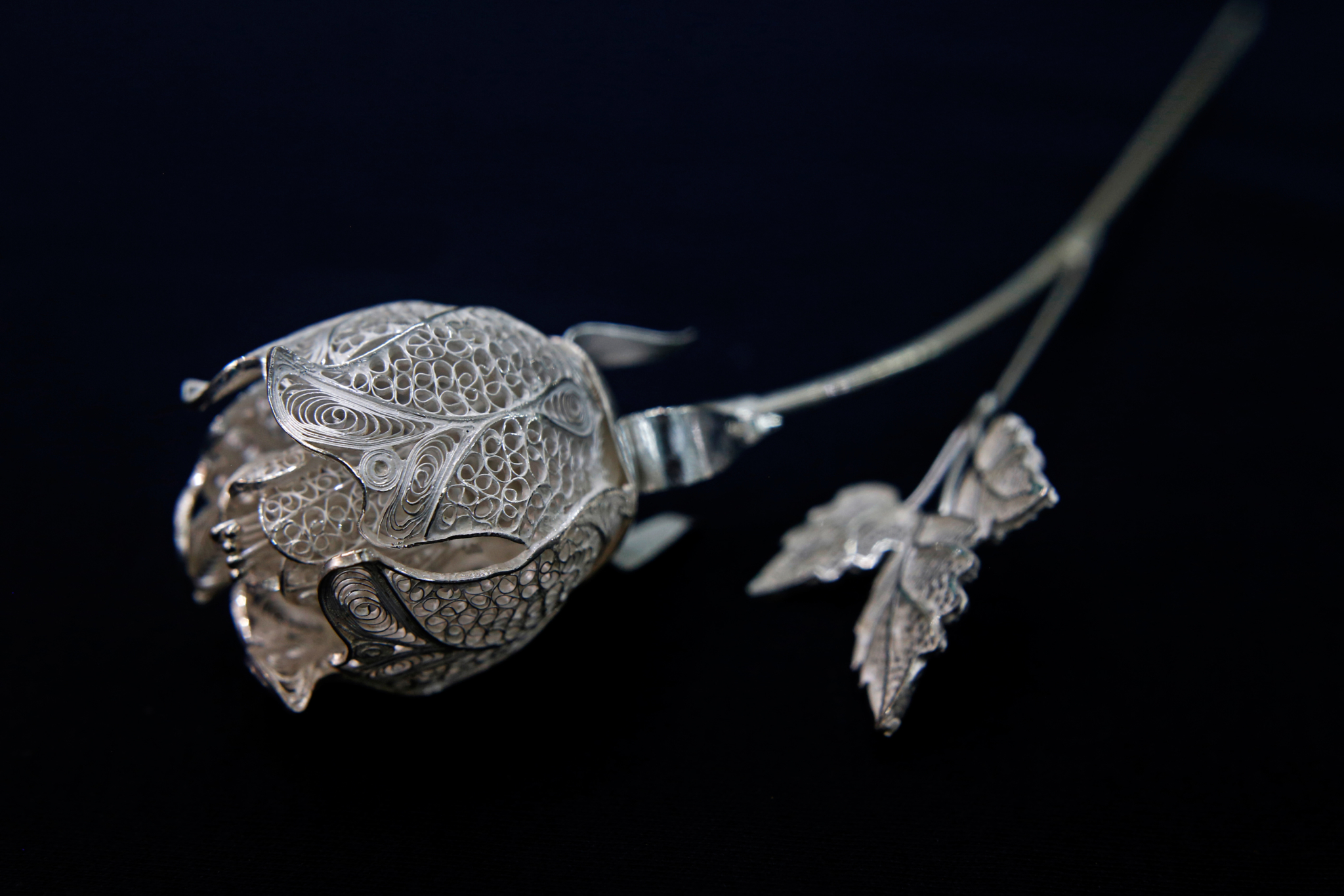
Tale of
Intertwined Silver
The craft is believed to have been introduced in Odisha when the Mughals established their rule in India2. It involves a highly intricate process, elaboration, skilled craftsmanship, and creativity. Cuttack has a caste and hereditary-based system, and most of the skilled artisans come from the Bania community. The master artisans who craft with silver filigree are called Rupa Banias or Roupyakaras in Odia.
In Odisha, it is mostly traders who procure the silver from Kolkata and Mumbai. It is a community-based activity in which the crafting stages such as the making of the wires in various gauges, creating silver filigree pieces, and final polishing are accomplished by various small workshops in the city.
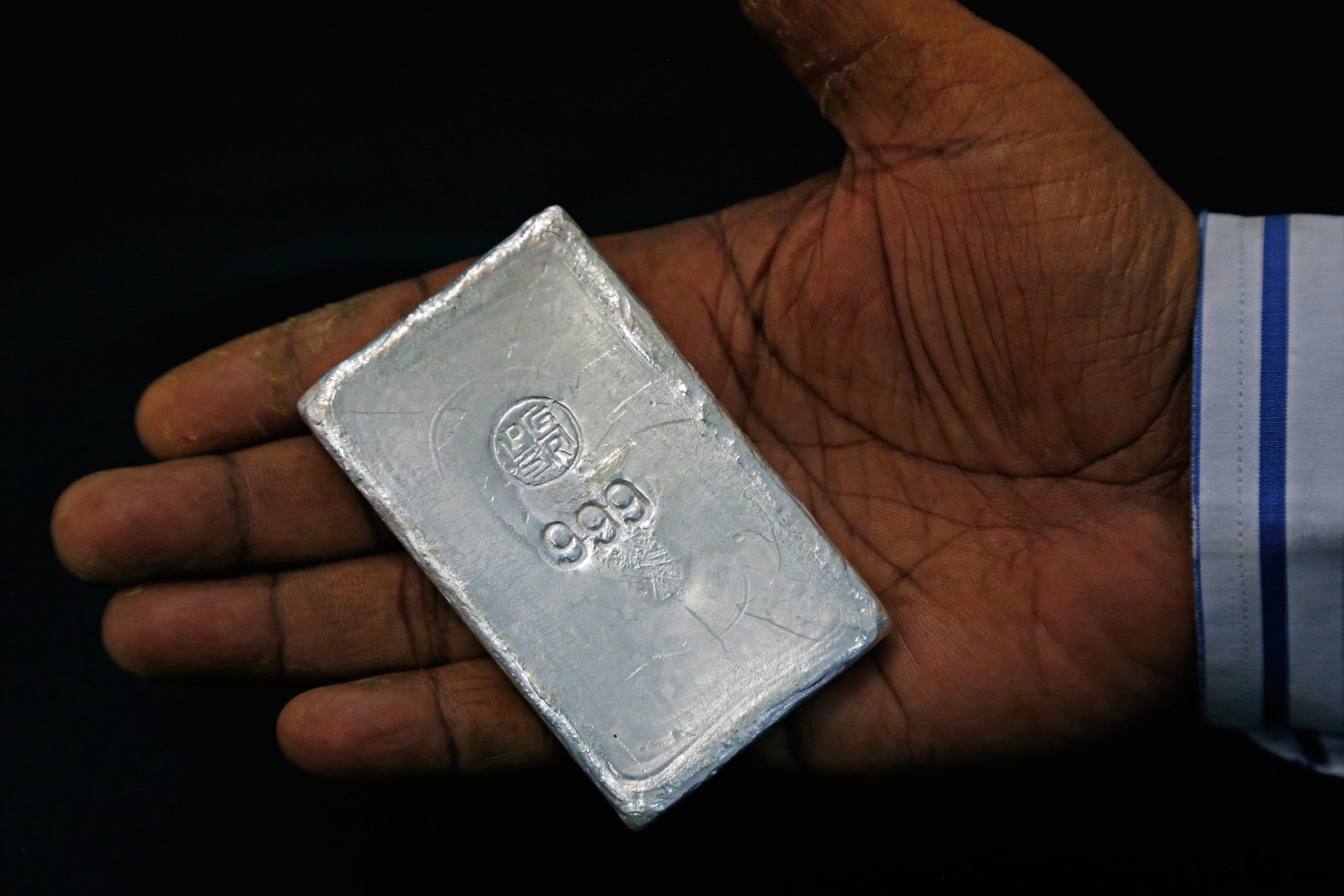
The silver bricks are melted into rods.
To enjoy the full story, become a Member.
Already a Member? Log in.
For $50/year,
+ Enjoy full-length members-only stories
+ Unlock all rare stories from the “Moowon Collection”
+ Support our cause in bringing meaningful purpose-driven stories
+ Contribute to those in need (part of your membership fee goes to charities)

Shivani Rath graduated from National Institute of Fashion Technology (NIFT) in 2019. Her interest in unraveling hidden crafts was initiated during her college days. Although Shivani had visited many crafts clusters in India, she felt a great affinity to silver filigree due to its perennial aura and charm. She has ambitions to pursue a Masters in Media and Fashion Communication in order to showcase endangered crafts and to advocate for sustainability.
Dastkari Haat Samiti is a national association of crafts people with members from all states of India. It is a not-for-profit organization that functions according to democratic procedures and self- help principles. Founded by Jaya Jaitly, it works with artisans at a grassroots level to uphold craft heritage and sustain livelihoods, through interactive annual bazaars and exhibitions. It functions independently through grants for its general activities; contributions made by its members for its administrative work; and support from public-spirited people for its basic infrastructural needs.
Special thanks from:
Shivani Rath to Surendra Behera for his interest and patience during the interviews conducted in his workshop.
Dastkari Haat Samiti to Google Art and Culture for their partnership on this documentation project.
EDITING: COPYRIGHT © MOOWON MAGAZINE / MONA KIM PROJECTS LLC. ALL RIGHTS RESERVED.
TEXT: COPYRIGHT © SHIVANI RATH. ALL RIGHTS RESERVED.
PHOTOS: COPYRIGHT © DASTKARI HAAT SAMITI, © GOOGLE ARTS AND CULTURE. ALL RIGHTS RESERVED.
TO ACQUIRE USAGE RIGHTS, PLEASE CONTACT THE COPYRIGHT OWNERS.
